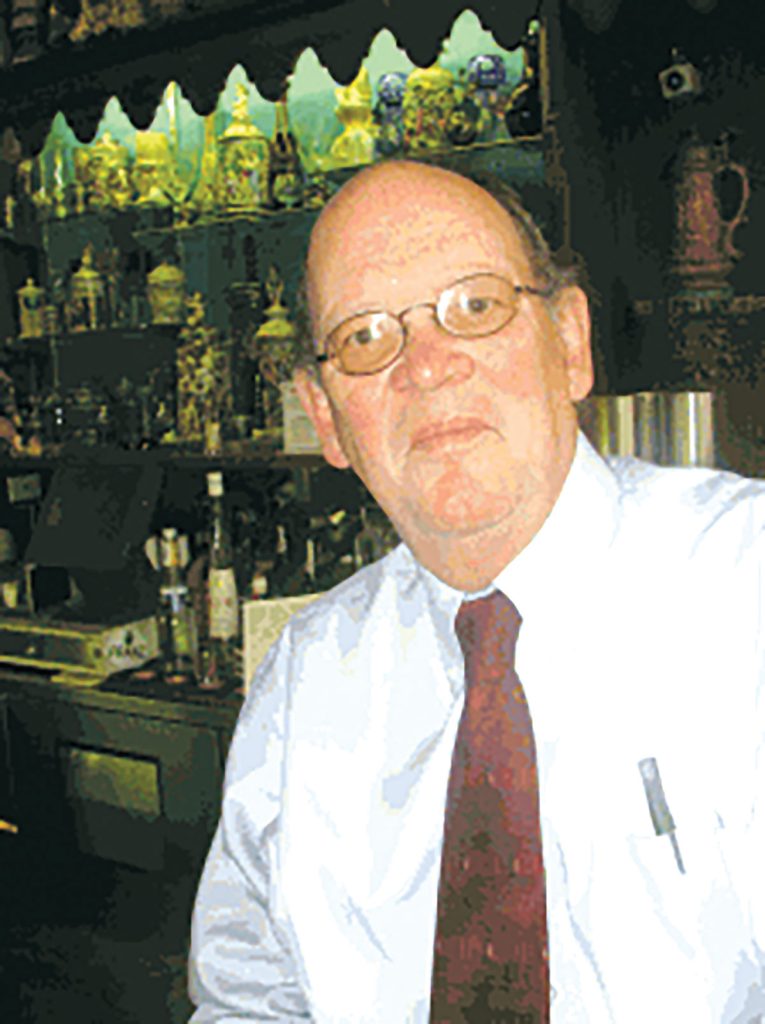Editorial
The jersey barriers have gone up on Harrison Place, Dwight Street, and Bruce Landon Way.
They inform us that the Civic Center Parking Garage will soon be coming down — slowly and carefully, we’re told, because there just isn’t much real estate around it to accommodate demolition and all that comes with it.
All we can say is, ‘it’s about time.’
Often, but not always, with demolition, there is a sense of loss when it comes to what is being torn down to make way for the new. It was like that when the old Forbes & Wallace department store came down to make way for what is now Monarch Place. And while you’d have to be pretty old to remember, it was like that when the Everett Barney mansion had to be torn down because it was in the path of I-91.
It certainly wasn’t like that when the Hotel Charles, an eyesore for decades, came down well in advance of the Union Station complex in the North End, or with a number of older industrial properties that were demolished to make way for the new Basketball Hall of Fame along the riverfront.
And it certainly won’t be like that with the parking garage, except for Springfield Thunderbirds management, who face the start of a new season in just a few months with no parking garage next to the arena.
Indeed, the Civic Center garage, the workhorse facility that had served the city for nearly a half-century, had become the butt of jokes in recent years as increasingly larger blocks of its space were declared unsafe for parking.
More than that, the garage had become a symbol, if you will, of what you could call the ‘old Springfield,’ the city that was in receivership, the city that had hit rock bottom in terms of both perception and reality when it came to vibrancy and this being a place where people and businesses wanted to be.
As new developments emerged — MGM Springfield, Union Station, redevelopment of the old Peter Pan Bus terminal, and others — the Civic Center garage remained a crumbling symbol of what was. In recent years, as larger sections were rendered unusable, many who came to downtown every day found other places to park. It was only during college graduations, T-Birds games, the Bay Path Women’s Leadership Conference, and other large gatherings that the garage was a real asset for the city.
Now, after years of elected officials talking about it and considering several alternative sites, the garage is coming down to make way for a new, state-of-the-art facility on that same footprint. There will be some disruption downtown, but not much. Indeed, with many people still working remotely or in hybrid situations, there is plenty of parking downtown to handle what would be considered ‘routine’ days.
Things will get more dicey for the larger events, especially the hockey games. But the disruption will be well worth the eventual benefit — a modern facility in keeping with what the city has become and what it hopes to be in the years and decades to come.
The garage is coming down, and a symbol of the ‘old Springfield’ is coming down with it.







